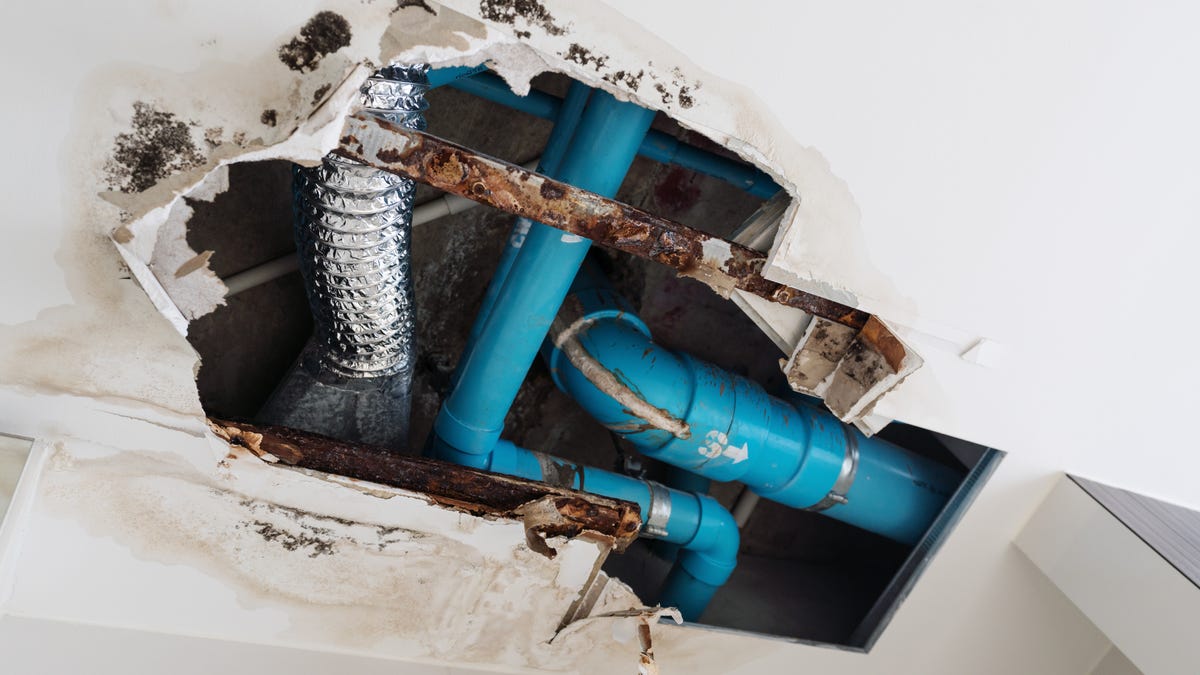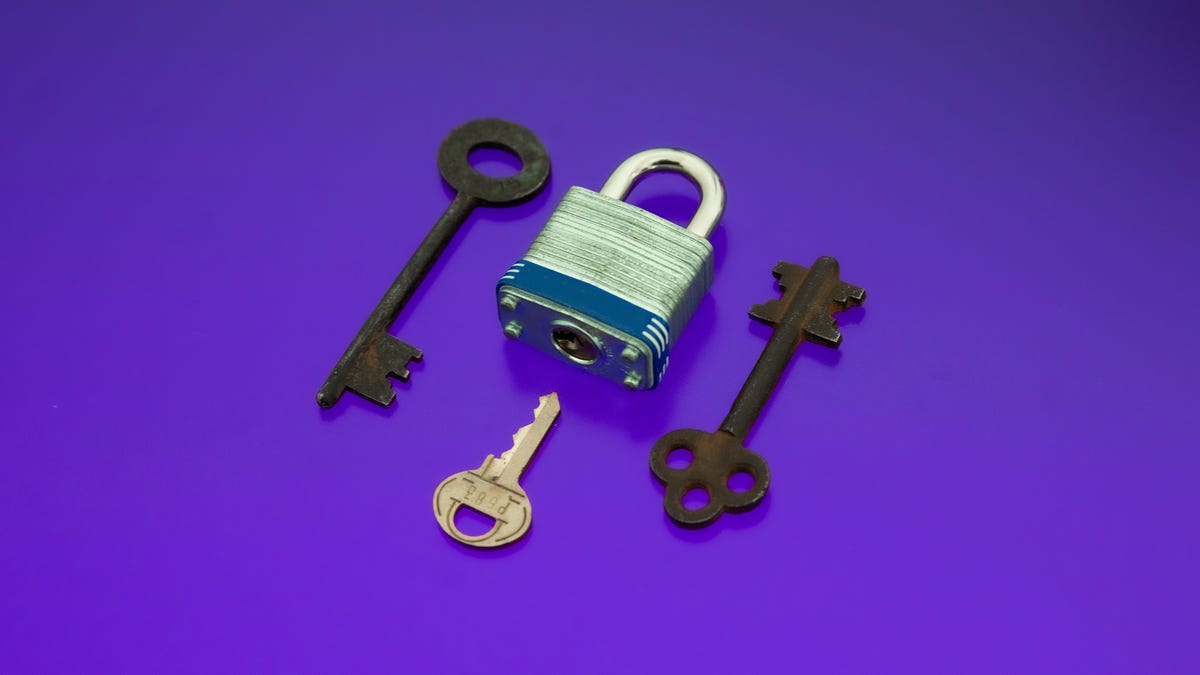64% of Americans Are Missing Out on Hundreds in Savings Account Interest. Are You One of Them?

PeopleImages/Getty Images
Many Americans are losing out on hundreds, if not thousands, of dollars a year by failing to take advantage of current high-yield savings account rates.
A new study by Santander US finds that 64% of middle-income Americans with savings accounts earn less than 3% in interest on their money. About one-fifth of customers with accounts currently earn less than 1%.
In today’s high-interest rate market — where the cost of mortgages, car loans and credit card debt has skyrocketed — high-yield savings accounts and certificates of deposits can offer some relief.
Some banks currently offer between 5% and 6% annual percentage yields on savings accounts and CDs with little to no risk involved.
“I strongly encourage people to take advantage of the high interest rates if they have extra cash because it’s simple passive income,” said Bernadette Joy, a personal finance coach and CNET expert review board member. “If you are someone who doesn’t have any consumer debt and want to grow your savings with almost no risk, it’s the easiest way to do it right now.”
Why you should open a high-yield savings account
Middle-income Americans, earning between $47,000 and $142,000 a year, are reluctant to make the switch to a high-yield savings account, according to the Santander study.
Many believe they don’t have a significant amount of savings to warrant a switch. Others prefer to keep their money in an easily-accessible checking account.
“When you’re earning 4% on $1,000 in a savings account, that’s more than you were making in a checking account that’s not paying any interest,” said Lori Gravitt, assistant vice president and branch manager at Addition Financial Credit Union. “They hear the word ‘high-yield’ and think it means you have to have high amounts of cash flow, and that’s just not the case.”
With the Federal Reserve holding rates steady at 22-year highs this week, high-interest rates available today on savings accounts and CDs offered by banks are likely to stick around for the foreseeable future.
If you’re not taking advantage of high savings rates, you’re leaving free money on the table.
For example, if you deposit $5,000 into a savings account with a big bank like Chase or Bank of America earning 0.01% APY for 12 months, you’ll only earn $0.50 in interest, assuming your APY remains the same and you make no other deposits. But with a higher-yielding savings account or CD, you could earn hundreds more.
| Deposit $5,000 | APY | Total after 12 months* |
| in a low-yield savings account | 0.01% | $0.50 |
| in a high-yield savings account | 4.3% | $215 |
| in a CD | 5.5% | $275 |
Capital One, American Express and Barclays all offer high-yield savings accounts with yields ranging from 4.3% to 4.35%. BMO Alto and Lending Club offer CD rates for one year that hover around 5.5%.
Lack of knowledge about high-yield accounts remains a barrier
Gravitt said that miseducation around how high-yield savings accounts work is a major trend among customers hesitant to pull the trigger on a new account. Oftentimes, she finds herself explaining the benefits of a high-yield savings account or a CD to younger customers and how to avoid dreaded penalties and fees.
“And then some of them, I find, think rates are gonna keep going up, and they’re going to miss out on a better opportunity,” Gravitt said. “But really, they’re just missing opportunities right now.”
CDs offer a fixed rate over a specific term, usually higher than a savings account. But in most cases, there are fees for taking the money out before your term ends. High-yield savings accounts offer more flexibility, although interest earned can change at the bank’s discretion. Both high-yield savings accounts and CDs at FDIC-insured banks or NCUA-insured credit unions protect your money for up to $250,000 per person and account category.
Start a savings account with $1,000 or less
There are many reasons why most Americans aren’t taking advantage of high-yield savings accounts in 2023.
In addition to arguments pointed out in Santander’s study, experts told CNET that the start of student loan repayments and uncertainty in the economy due to high inflation has workers skeptical. Not to mention, they’re worried about bank fees and may be living paycheck to paycheck.
Joy recommends opening a high-yield savings account and depositing $1,000 — or even less — as a test to see how often you need to access the money.
“If you end up having to reach for it pretty frequently, then it might not make sense to put it there,” she said. “But if you are able to leave it there and not touch it, you can then try putting more each month.”
While switching banks can be tedious, opening a new account takes minutes online. You can even set up a partial direct deposit to move part of your paycheck to a higher-yielding account.
For those worried about ease of access, savings accounts can also provide just as much access to funds as checking accounts. In addition to accessing your money via physical bank branches and online apps, some savings accounts come equipped with a debit or ATM card. High-interest rates also provide a few extra dollars to use in case of emergency.
Recommended Articles
Source: CNET















